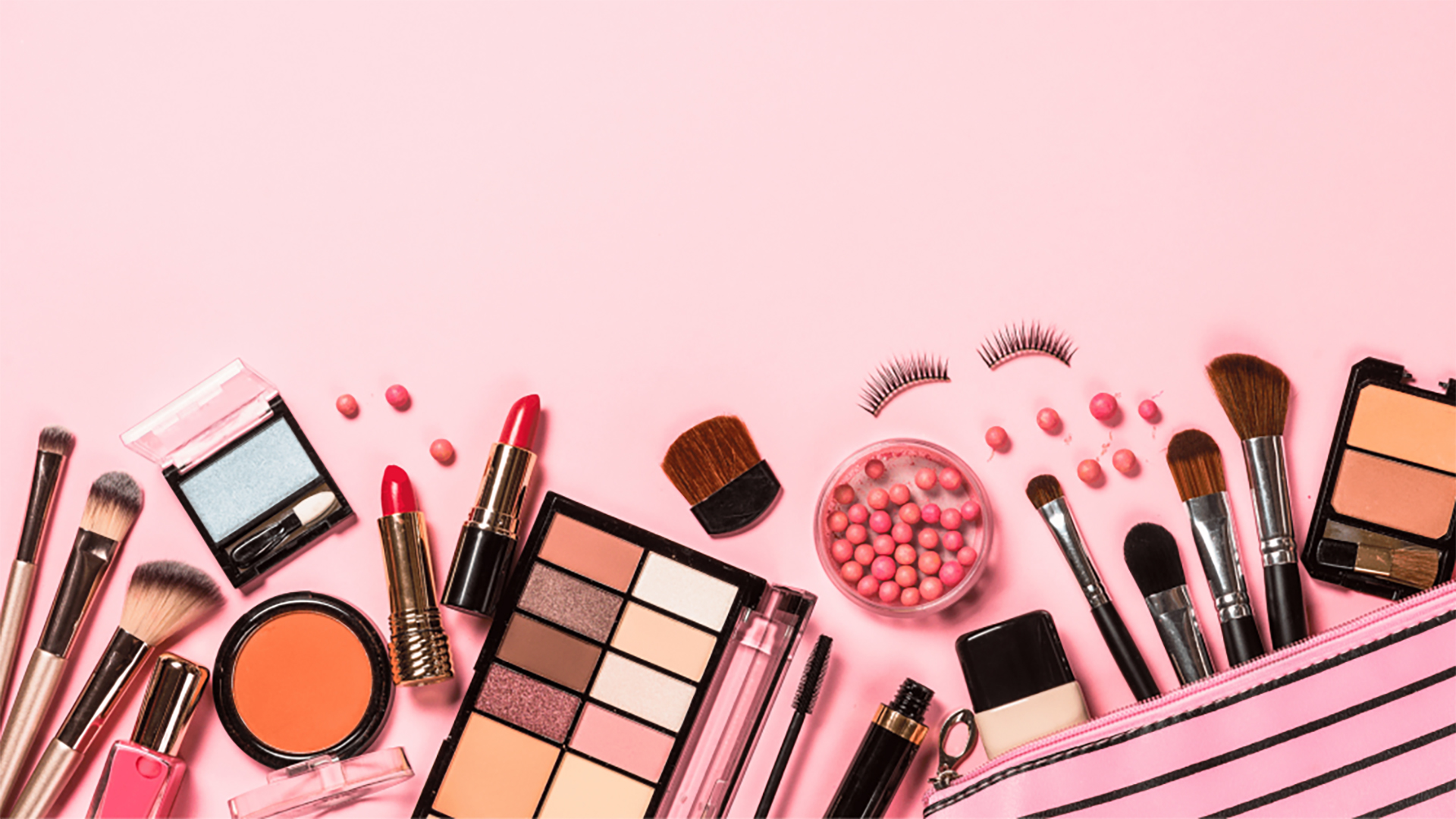New year, new goals to meet.
For us, a new year can mean a new beginning. It may be that at the end of the year, you take stock of your experiences and propose new ones. As well as, improving those things that are not quite right. Well, it’s the same for industries. It is one more opportunity to see how they have evolved, what needs to be corrected, and the direction they want to go in.
The beauty industry is not exempt. Here we will review its journey to date, the changes that have taken place, and the goals that it still needs to meet.
It is essential to be guided by the sustainable development goals proclaimed by the UN in 2015. Each of these 17 goals, with their respective targets, brings together the problems to be solved by 2030 to protect life and the planet.
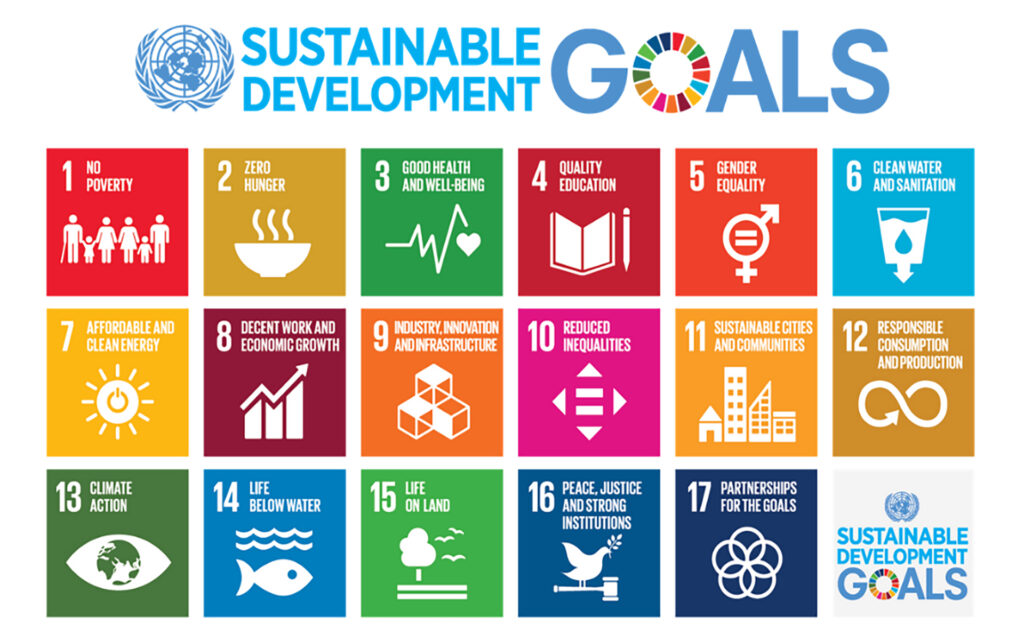
Increased awareness of self-care
The environmental issues we are witnessing today give us an idea of the landscape facing the beauty industry and the path forward. Under this parameter, we can see how the industry has changed, especially in the last decade, concentrating efforts on achieving sustainability.
Faced with a public that is increasingly concerned about what it consumes, the industry has had to adapt to the expectations that come with it. Greater transparency and accountability are key in a world where the product has direct contact with our skin (and face). The consumer demands to know what is being applied, but also how it has been applied.
As new studies bring to light the effect of certain components on our health, the beauty industry has had to look for solutions to such questions in its formulas. Animal testing, carcinogenic substances, excessive use of chemicals, and microplastics, and the lack of warning of the components of a product, are some of the main problems that companies have tackled in recent years.
Nowadays, It is common to see products free of sulfates, parabens, vegan, organic, not tested on animals, etc. However, achieving sustainability requires 360° thinking.
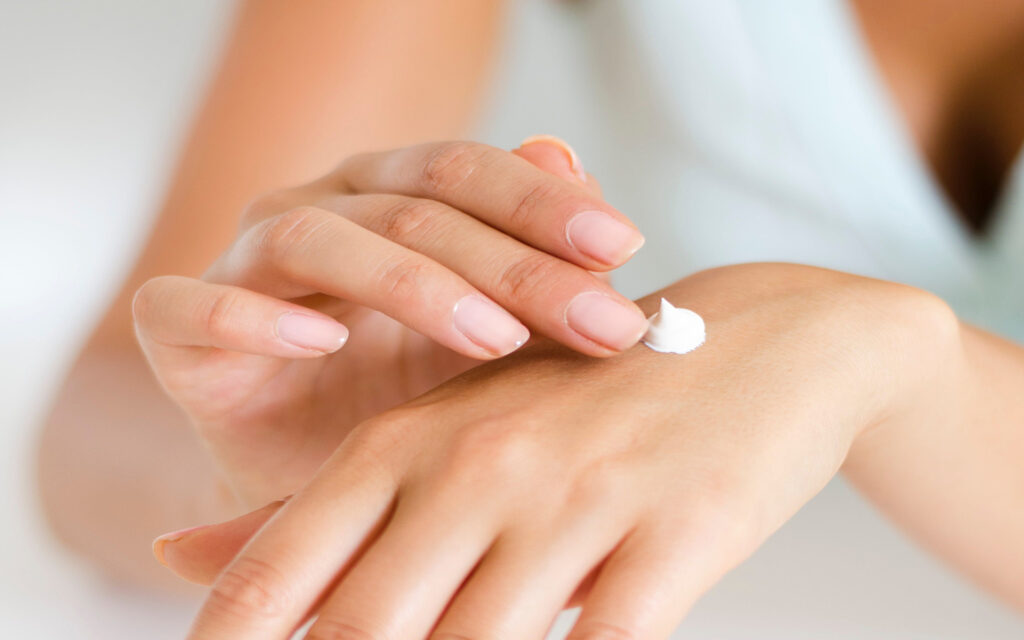
What are the problems that still need to be addressed?
While progress has been made, the industry is still plagued by problems with packaging. Plastic pollution from industry is still present. Excessive packaging of products and their accessories as well as single-use packaging, work against the efforts made to improve the formulation. It takes a lot more than recycling to equip the damage they represent. A brand can’t collect all the packaging it has sold and ensure its correct recycling. Therefore, other ways of solving this problem must be found.
They also must think about the workforce, the energy used in production, the carbon footprint left by its distribution, and the materials that are used. If these come from the land, how does their cultivation affect the flora and the population if any native plant has been eradicated, the exploitation of the soil and resources.
With all of this in mind, we look at the trends that are setting the course and the influences that overlap with the primary goal of sustainability.
On the one hand, there is multifunctionality. Products with multiple uses can be found on the market, conceived as such and not as an idea of the customer. For example, a lipstick that serves as a lipstick and blush, or an eyeshadow that serves as a highlighter. This variety of uses in a single product allows the consumer to make a single purchase, which can be reflected in a lower final cost (more options without additional expense), and it gives you greater practicality by reducing the number of things you carry in your makeup bag. In addition, it symbolizes less use of packaging.
Although this concept is not new and has been making its way around the market for years, today we can find a greater number of brands that use this format in some of their products, compared to previous decades. We even see that in this decade it has taken an extra level by combining makeup products with care products. Foundations with moisturizing properties, with vitamin E, hyaluronic acid, sunscreen; concealers with anti-inflammatory active ingredients, anti-dark spot treatment, vitamin C; lipsticks with oils for extra hydration; and more.
This trend goes hand in hand with an increased concern for the skin as a starting point. It is no longer about covering imperfections; it is about treating them. Opt for formulations that help our skin instead of overstimulating it, and search for the right product you need.
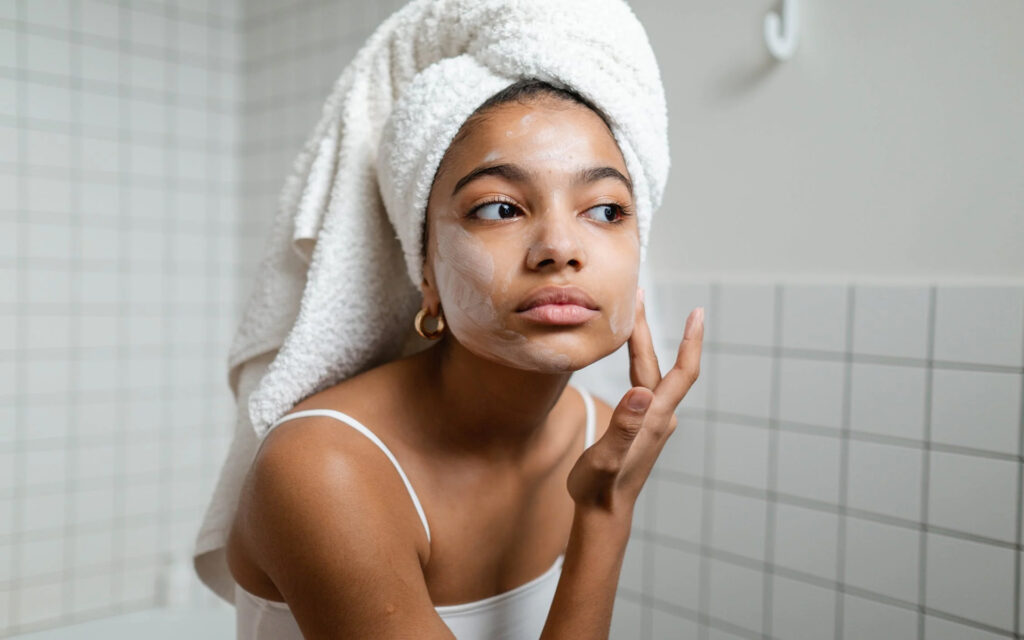
Beauty Industry Solutions & Goals
COVID accelerated this concern, as skin problems developed due to the use of a mask. Also, a search for the natural and the Korean wave in cosmetics, with products focused on the care and quality of their ingredients, pushed us towards these new products. The solar radiation to which we are exposed generates more obvious damage, or a mixture of all of these has led us to look for real solutions. Solutions that flatter the skin instead of hiding behind layers and layers of product.
On the other hand, although it goes hand in hand, there is inclusivity. The new generations are looking for brands that highlight the diversity of beauty that exists in the world and do not focus on the standard of beauty that has prevailed in recent decades. The aim is not only for more diverse advertising but also for products that are designed for all audiences. We talk about inclusion in all its forms. Thus, more and more companies are concerned with showing different genders, ages, ethnicities, dermis, and bodies. The most notorious example is the largest variety of shades and undertones in the current face foundations.
Technology is another factor that cannot be overlooked. It can be conceived as a tool for the inclusion and democratization of markets. It can help connect with the customer and provide them with another type of experience. But undoubtedly, it is key to positioning the brand and generating more sales.
In recent decades, technology has advanced by leaps and bounds, and companies have had to adapt to avoid being left behind. COVID also played its part here and accelerated the development of e-commerce globally in the more traditional markets, which had not yet ventured into this one. Now, a brand without social media is non-existent. The more you can connect with the customer, the better. Therefore, omnichannel is an indisputable issue in any industry that deals directly with its consumers. Providing the best of both worlds seems vital to sustained growth. Technology makes it possible to innovate, personalize, try, and buy without having to physically go to a store. It brings the purchase closer and, in many cases, facilitates it. In makeup, however, it is complex not to see the product before purchase (to get the color right, for example). In this case, companies opt for personalized advice or even venture into augmented reality to provide the customer with virtual testing of the product.
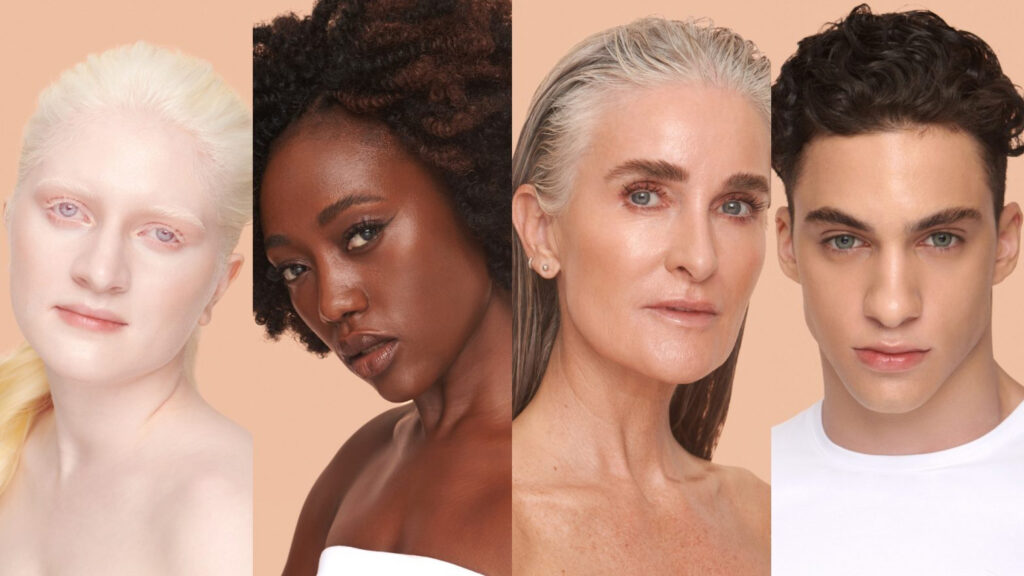
Have the goals for 2023 been achieved?
So, have we reached the goal? After 8 years of the UN’s pronouncement, there are still holes in the solution of the problems that afflict industry. Progress has been made, but we cannot say that they have made a significant difference. There are 7 years left to see further progress, and hopefully, it will be enough to reverse the damage done to the planet.
If companies do their part to do the right thing and translate these beliefs into their DNA, we will see changes that are conducive to the environment and people. You cannot talk about goals as a suggestion or form of marketing but as a duty and responsibility.
As we have seen, the new generations will dictate the path. McKinsey & Company says that young people will be responsible for changes in the industry. They will guide trends according to their worldview, and what is conceived as beauty will change. The industry will open the way to new product ranges and markets. And, with that, there will be new brands that will join the competition.
So, let us hope that the future will be tinged with hope and that a more committed, responsible, honest, transparent, diverse, and, above all, sustainable industry will be envisioned.


